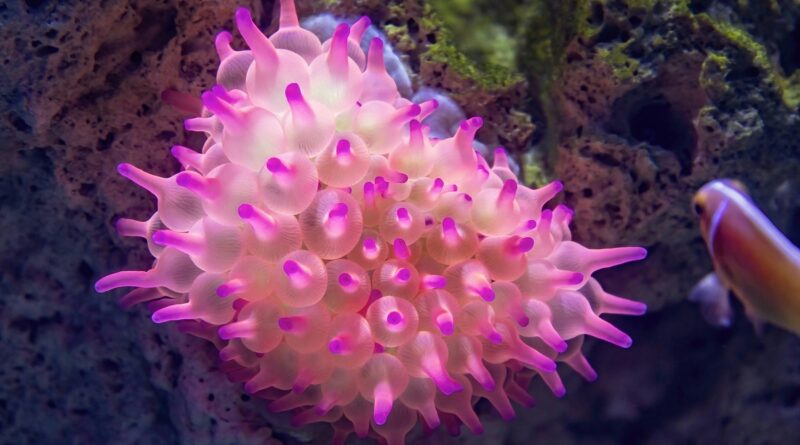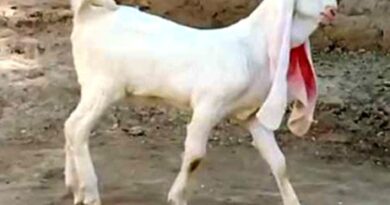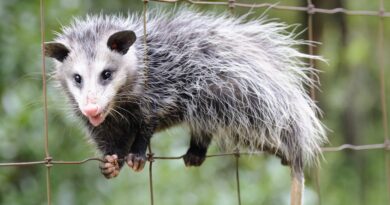Bubble Tip Anemone Care: The Ultimate Guide for Thriving Aquariums
Bubble Tip Anemones (BTAs), scientifically known as Entacmaea quadricolor, are among the most popular anemones in the marine aquarium hobby. Their vibrant colors, flowing tentacles, and symbiotic relationship with clownfish make them an irresistible addition to reef tanks. However, their care requires a deep understanding of their needs and behaviors to ensure they thrive in captivity. This comprehensive guide will cover everything you need to know about Bubble Tip Anemone care, from choosing the right anemone to maintaining optimal water conditions.
Understanding Bubble Tip Anemones
Bubble Tip Anemones are found in the Indo-Pacific region, particularly in shallow coral reefs where they enjoy bright light and moderate water movement. They are known for their bubble-like tentacles, although the appearance of these bubbles can vary based on environmental conditions and the anemone’s mood.
Their symbiotic relationship with clownfish is one of their most fascinating characteristics. Clownfish offer protection from predators and clean debris from the anemone, while the anemone provides shelter and protection for the fish.
Choosing the Right Bubble Tip Anemone
When selecting a Bubble Tip Anemone for your aquarium, pay close attention to its health and appearance. A healthy BTA will exhibit vibrant coloration, a firmly attached base, and responsive tentacles. Avoid anemones that appear bleached, have a gaping mouth, or show signs of detachment, as these may indicate stress or poor health.
Color Varieties:
BTAs come in a range of colors, including green, red, rose, and rainbow variations. The choice of color is a matter of personal preference, but it’s essential to ensure the anemone’s color appears natural and not artificially enhanced.
Preparing Your Aquarium for a Bubble Tip Anemone
Before introducing a Bubble Tip Anemone to your aquarium, ensure the tank is well-established, stable, and meets the specific requirements of these invertebrates.
Tank Size and Setup:
BTAs require a minimum tank size of 30 gallons, with larger tanks being preferable to accommodate their potential growth and movement. The tank should include plenty of live rock, as BTAs use this for anchoring their foot and finding the perfect position.
Water Parameters:
Maintaining stable water parameters is crucial for the health of your BTA. Here are the ideal water conditions:
- Temperature: 75–82°F (24–28°C)
- Salinity: 1.024–1.026 specific gravity
- pH: 8.1–8.4
- Alkalinity: 8–12 dKH
- Ammonia, Nitrite: 0 ppm
- Nitrate: <10 ppm
- Phosphate: <0.03 ppm
Lighting Requirements for Bubble Tip Anemones
Bubble Tip Anemones are photosynthetic organisms that rely on zooxanthellae algae living within their tissues. These algae use light to produce energy, making proper lighting one of the most critical aspects of BTA care.
Choosing the Right Lighting:
LED lights are popular for reef tanks due to their intensity, adjustable spectrum, and energy efficiency. BTAs require moderate to high-intensity lighting. If your anemone begins to stretch upward or move higher in the tank, it may be signaling insufficient light.
Water Flow and Placement
Bubble Tip Anemones prefer moderate water flow that mimics the natural conditions of coral reefs. Excessive flow can stress the anemone and cause it to move around the tank, while insufficient flow may lead to poor health.
When placing your BTA, ensure it has access to a crevice or hole in the live rock to secure its foot. Avoid placing it near powerheads or wave makers to prevent injury.
Feeding Your Bubble Tip Anemone
While Bubble Tip Anemones can obtain most of their nutritional needs from photosynthesis, supplemental feeding is recommended to ensure optimal health and growth.
What to Feed:
BTAs can consume meaty foods such as:
- Mysis shrimp
- Krill
- Silversides
- Chopped seafood (e.g., shrimp, scallops)
Feed your anemone 1–2 times per week using feeding tongs to deliver food directly to its tentacles.
Avoid overfeeding, as uneaten food can decay and compromise water quality.
Symbiotic Relationships with Clownfish
One of the main reasons aquarists keep BTAs is their compatibility with clownfish. Not all clownfish species will naturally host in a BTA, so research the species in your tank to ensure compatibility. Common hosting species include:
- Ocellaris clownfish (Amphiprion ocellaris)
- Percula clownfish (Amphiprion percula)
- Tomato clownfish (Amphiprion frenatus)
Introducing clownfish to a new anemone may take time. Be patient and allow the clownfish to acclimate naturally.
Common Challenges and Troubleshooting
Caring for a Bubble Tip Anemone is not without challenges. Understanding and addressing potential issues promptly is key to their long-term health.
Bleaching:
Bleaching occurs when a BTA expels its zooxanthellae, often due to stress, poor lighting, or unstable water conditions. If your anemone appears pale, address the underlying cause and provide appropriate care to help it recover.
Wandering:
BTAs may move around the tank in search of ideal conditions. This behavior is normal but can pose risks to corals and other tank inhabitants. Ensure proper lighting, flow, and water parameters to minimize wandering.
Pests and Predators:
Aiptasia and other pest anemones can compete with BTAs for resources. Regular tank maintenance and the introduction of peppermint shrimp or other reef-safe pest control methods can help manage these threats.
Propagation of Bubble Tip Anemones
Propagating BTAs can be a rewarding experience for advanced aquarists. These anemones can reproduce asexually by splitting into two individuals, a process known as fission.
Encouraging Propagation:
Provide optimal conditions, including stable water parameters, sufficient feeding, and appropriate lighting. Avoid stressing the anemone to encourage natural splitting.
Compatibility with Other Tank Inhabitants
Bubble Tip Anemones can coexist with a variety of reef-safe fish and invertebrates. However, avoid adding species that may nip at their tentacles, such as butterflyfish and certain angelfish.
When keeping multiple BTAs, ensure adequate space to prevent aggression. While BTAs of the same species generally tolerate each other, they may sting corals and other anemones.
Maintaining Long-Term Health
Regular maintenance and monitoring are essential for the long-term health of your Bubble Tip
Anemone. Here are some key tips:
- Perform regular water changes to maintain water quality.
- Test water parameters weekly and adjust as needed.
- Inspect your BTA for signs of stress, illness, or injury.
- Clean equipment to prevent debris buildup and maintain optimal flow.
Enhancing the Beauty of Your Aquarium
A healthy Bubble Tip Anemone can be the centerpiece of your aquarium, adding movement, color, and intrigue. Pairing it with compatible clownfish enhances its natural behavior and provides a dynamic display for onlookers.
Final Thoughts
Caring for a Bubble Tip Anemone is a rewarding journey that requires commitment and attention to detail. By providing the right environment, proper nutrition, and stable water conditions, you can ensure your BTA thrives and becomes a vibrant part of your aquarium. Whether you’re a novice or experienced aquarist, the joy of watching your anemone flourish makes every effort worthwhile




